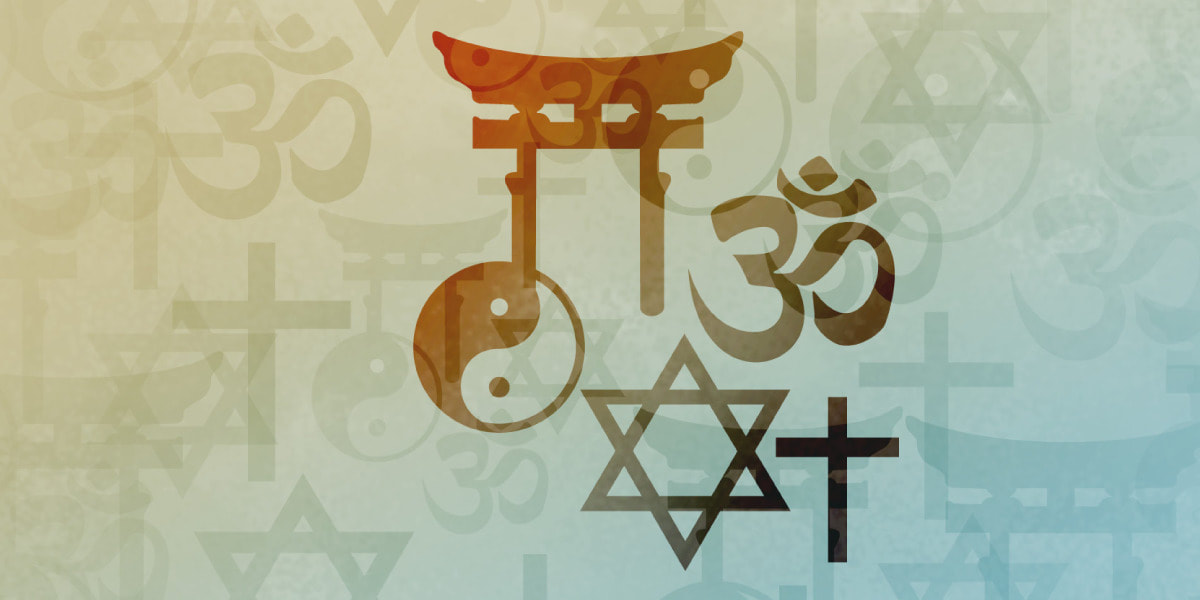|
Thomas Jefferson asked that three accomplishments be listed on his tombstone. Aside from noting his authorship of the Declaration of Independence and founding of the University of Virginia, he wanted his tombstone to state that he was the author of the Statute of Virginia for Religious Freedom.
What was it about this state law that led Jefferson to see it as a more consequential legacy than the two terms of his presidency? Jefferson removed the Episcopal Church as Virginia’s state-sponsored religion and replaced it with none other. His statute guaranteed freedom of belief for Jews, Hindus and Muslims, as well as all denominations of Christians. His law is celebrated by scholars today as the inspiration for the First Amendment of the U.S. Constitution. The Virginia Assembly enacted Jefferson’s proposal on Jan. 16, 1786. This day is established each year by presidential proclamation as National Religious Freedom Day. Jefferson himself proclaimed: “That our civil rights have no dependence on our religious opinions any more than our opinions in physics and geometry.” We can trace an evolution in the growing respect for religious diversity throughout American history. Some 137 years before the passage of Jefferson’s statute, the colonial assembly of Maryland passed the Maryland Toleration Act. At a time when England was wracked by a civil war over religion, Maryland granted freedom of religion to all Trinitarian Christians in 1649. While it sounds like a narrow milestone today, the Maryland Toleration Act was a breathtaking achievement in 1649. The political impetus for the act came from the Calverts, the powerful founding family members of the colony who wanted to protect their fellow Catholic settlers from the Anglican and Presbyterian churches dominant in other colonies. As generous as the act was, in theory it allowed the state to sentence to death anyone who denied the divinity of Jesus and the Holy Trinity, though no Jews or Unitarians were in fact executed. For Trinitarian Christians, at least, it protected the “free exercise” of religion – the first mention of the clause so prominent in the later First Amendment. Thus, a measure to protect mainstream Christians inspired Thomas Jefferson to protect all religions in Virginia. This statute in turn led to the drafting of the First Amendment. And that topline protection of the free exercise of religion is now enforced by the Religious Freedom Restoration Act of 1993, which instructs courts to employ strict scrutiny when evaluating violations by the federal government of the rights of people of all faiths and no faith. How well are these rights observed today? Are we still evolving in the direction of religious liberty? Last year, Protect The 1st filed a brief in Carson v. Makin, a U.S. Supreme Court case that will determine if the State of Maine can discriminate against religious schools. In parts of rural Maine, where no public school alternatives exist, funding is available to all private schools – except for religious ones. Even though Christian and Catholic schools in Maine teach all state-required courses and all standards, they are disallowed because they also have religious activities. The fact that the Supreme Court heard this case, and the Justices asked skeptical questions about Maine’s discriminatory stance, is a good indication that respect for the free exercise of religion is strong in the judiciary. On the other hand, the actions of Congress and some courts toward the members of the Apache Stronghold in Arizona show a grave lack of respect for the religion of an American minority. Oak Flat is a part of the Tonto National Forest that has long been central to the religion of the Apache people. Under a federal deal blessed by Congress, a foreign mining company plans to dig for copper on the Apaches’ sacred land, gouging a pit as long as the National Mall and as deep as two Washington monuments. Somehow, a court failed to see this grotesque evisceration of a sacred and irreplaceable site as a burden on the free exercise of the Apache religion. Protect The 1st hopes that the Ninth Circuit Court of Appeals will see the contradictions in the ruling of a lower court and restore the religious rights of the Apache people. We also see a growing desire among many to chip away at the guarantees of the First Amendment and the Religious Freedom Restoration Act that bolsters those guarantees. We see that respect is wavering for minority religions, for Sikhs who wear turbans and carry kirpans, for Muslims and Jews who want to serve our country in the military while being observant in the wearing of their beards. The arc of history is always incomplete. Our freedoms are always reversible. But the achievements we celebrate today give us reason to look ahead with hope. Comments are closed.
|
Archives
June 2024
Categories
All
|
ABOUT |
ISSUES |
TAKE ACTION |



 RSS Feed
RSS Feed